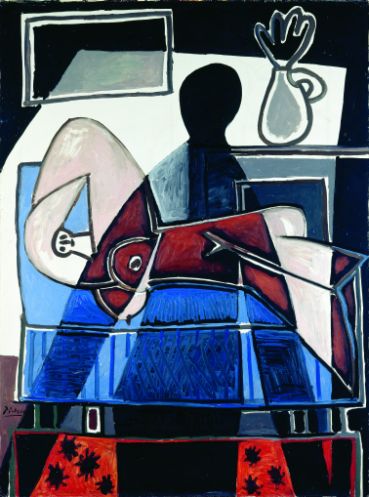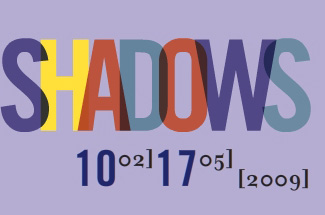
The Shadow on the Woman, 1953
The Israel Museum, Jerusalem. Lent by Sam Ayala
and Sam Zacks, Toronto, Canada
L-92.026

An ancient legend mentioned by Pliny the Elder (d. 79 AD) places the origin of painting in Corinth, where a young girl, the daughter of the potter Butades of Sicyon, is said to have drawn the outline of her beloved’s shadow on a wall by the light of a candle.
‘The shadow’ as a theme has always been inextricably linked to the history of Western art. Although used basically for naturalistic purposes to enhance the credibility of the subject depicted, each period has assigned it its own connotations. The main aim of this exhibition is to draw the visitor’s attention to the host of implications, problems and solutions inherent in the representation of the shadow in art from the Renaissance to the present day. Other objectives are to highlight the existence of paths that branch off in different directions and to reveal the sometimes unnoticed links between periods and artists, despite distances in time.
Museo Thyssen-Bornemisza
1
The invention of Painting
2
The Renaissance
3
The Baroque
4
Romanticism
5
Symbolism and fin de Siècle
6
Impressionism
Fundación Caja Madrid
7
Modern realist movements
8
Surrealism
9
From pop art to the present
10
Photography
11
Cinema

This website fulfills the norm of accessibility AA.



